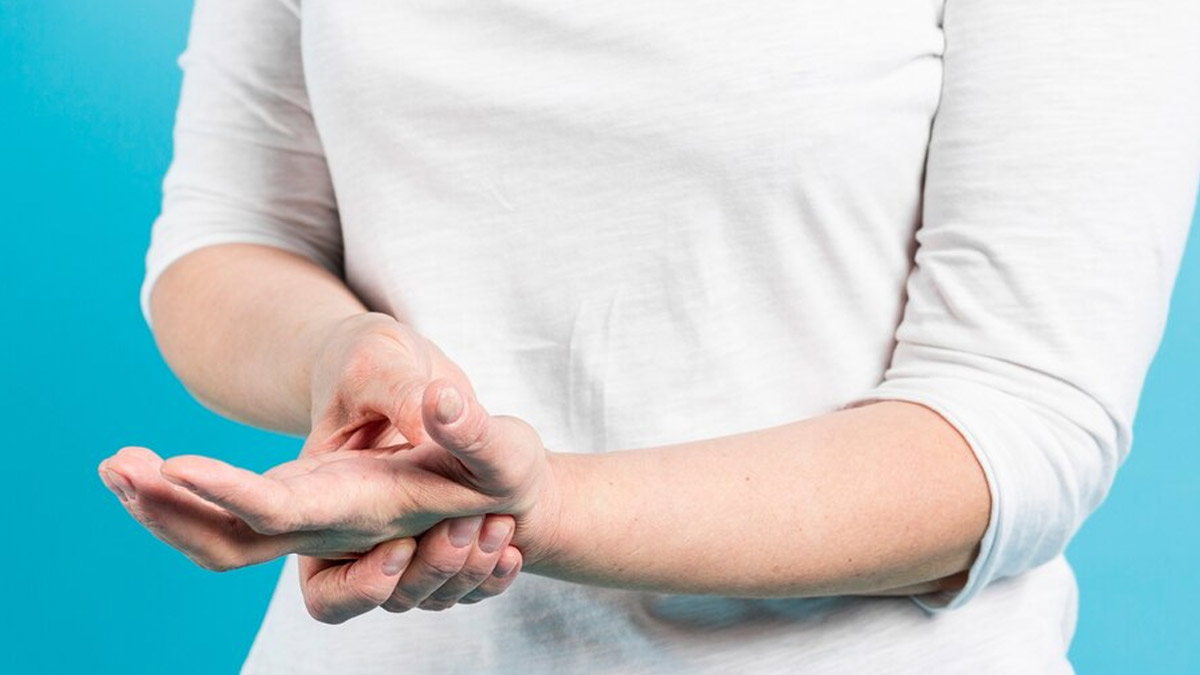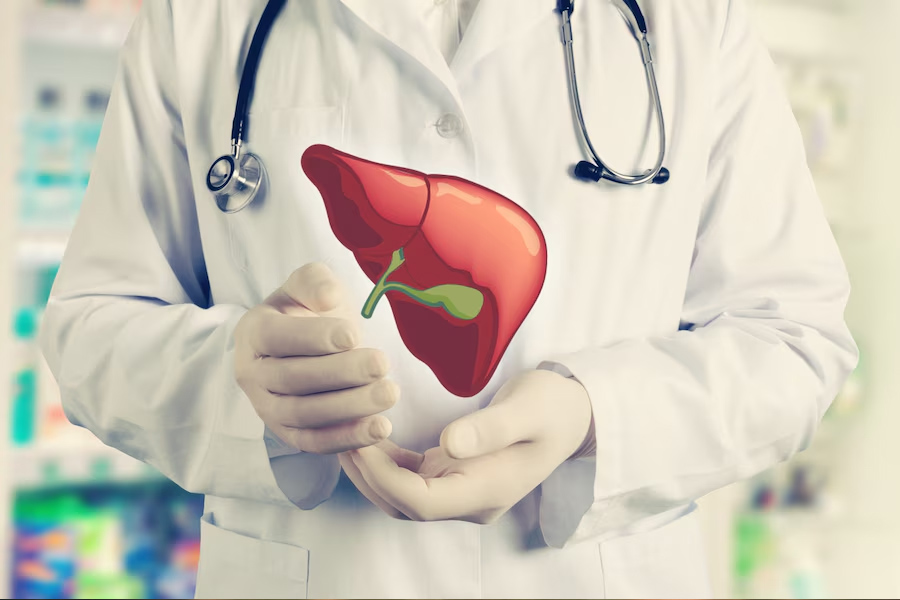
Your liver is the largest organ in the body. It controls various functions, ranging from producing bile, a chemical that helps turn fats into energy, to processing bilirubin and removing waste products from the bloodstream. Therefore, when your liver does not function as well as it should, it can disrupt various processes in the body, leading to several complications and symptoms.
Table of Content:-
In this article, we shed light on one such symptom that is often overlooked but needs examination: itchiness.
Also Read: From Hepatitis To Cancer, Health Conditions That Can Cause Yellowing Of The Skin Or Jaundice
Can Itchy Palms Be A Sign Of Liver Problems?

According to Dr Goutham Kumar, Lead Consultant, Liver Transplantation and HPB Surgery, SPARSH Hospital, Bengaluru, itchiness, also called pruritus, can be a symptom of a liver disorder.
He says that it indicates an obstruction in the bile flow and the accumulation of bile salts in the skin.
"Although rare, if itchiness accompanies a liver disorder, it's serious and requires immediate attention," he adds.
However, when asked if itchy palms specifically signal a liver disease, he clarifies that itchy palms are not typically associated with liver diseases but are more commonly seen with localised skin conditions, such as allergic dermatitis, psoriasis, and infections.
Although healthy bodies like Medical News Today suggest that an autoimmune disorder called primary biliary cholangitis, or primary biliary cirrhosis (PBC), can cause itchy, blotchy palms.
To confirm diagnosis, it is best to consult a medical professional and to get proper tests and screenings to determine the underlying cause.
Understanding Liver Disease

According to a review published in the Journal of Hepatology, liver disease is a serious global health issue that causes 20 lakh deaths annually (4% of all deaths). Men are more affected than women, with the primary culprits being complications from cirrhosis, liver cancer, and viral hepatitis.
Note that chronic liver disease progresses in roughly four stages: hepatitis, or inflammation of the liver; fibrosis, or scarring; cirrhosis, also called severe scarring; and then liver cancer, which is the end stage.
As per the Liver Foundation, cirrhosis is where your liver is severely scarred and permanently damaged.
Some of the common causes of cirrhosis include heavy alcohol consumption, viral infections, and fatty liver disease.
Also Read: Your Legs Can Signal A Fatty Liver Disease: Note THIS Warning Sign
Symptoms Of Liver Disease Other Than Itchiness

Some of the common symptoms of liver problems include:
- Fatigue
- Loss of appetite
- Unexplained weight loss
- Nausea and vomiting
- Abdominal pain
- Disturbed sleep patterns
- Yellowing of the whites of the eyes and the skin (jaundice)
- Oedema, or swelling of the legs, ankles, and feet
- Dark urine
- Pale-coloured stool
How To Maintain A Healthy Liver?
"To maintain a healthy liver, it's essential to minimise the injuries affecting it, as the liver is a remarkable organ with regenerative capabilities," says Dr Kumar.
He adds, "Liver damage commonly occurs due to alcohol consumption, certain herbal medicines, or medications with hepatotoxic effects. Additionally, diabetes is a significant contributor to liver damage, along with viruses like hepatitis B and C."
According to him, while hepatitis B can be prevented with vaccination, maintaining a healthy lifestyle, a good diet, and exercise will contribute to a healthy liver."
Also watch this video
How we keep this article up to date:
We work with experts and keep a close eye on the latest in health and wellness. Whenever there is a new research or helpful information, we update our articles with accurate and useful advice.
Current Version